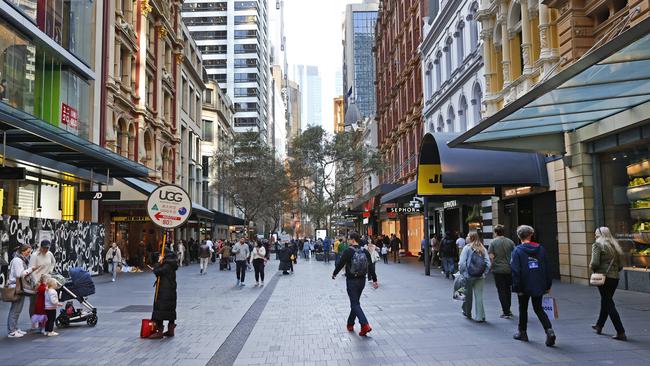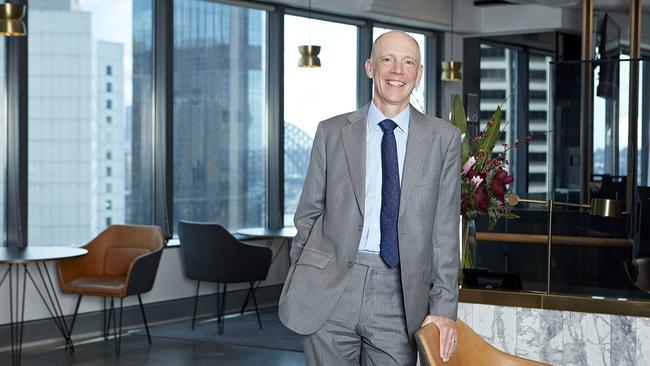Pitt Street Mall has the world’s eighth most expensive retail rents
Rents are down but some of Australia’s prime shopping destinations still rank among the most expensive retail streets in the world.

Sydney’s Pitt Street Mall remains Australia’s most expensive retail destination despite rents remaining well behind pre-pandemic levels and the impact of the global economic slowdown.
Cushman & Wakefield’s 33rd Main Streets Across the World report found retail rents in Pitt Street Mall were ranked the eighth most expensive in the world.
However, rents were down 24 per cent compared to pre-pandemic levels and currently sat at €7612/sq m or $12,697sq m.
Report author and Cushman & Wakefield’s Head of International Research Dr Dominic Brown
said in the global marketplace Pitt Street Mall “stands tall”.
“As rents echo a pre-Covid cadence, the city’s resilience signals a potential ascent in the
rankings, painting a promising picture of Sydney’s retail rebound,” he said.
Globally, rental levels remained below pre-pandemic levels in 55 per cent of markets.
New York’s Upper Fifth Avenue retained its top ranking as the world’s most expensive retail destination while Milan’s Via Montenapoleone overtook Hong Kong’s Tsim Sha Tsui for second place.
New Bond Street in London and the Avenues des Champs-Elysees in Paris retained fourth and fifth positions, respectively.

In Asia Pacific rankings, Pitt Street Mall was fifth while Bourke Street, Melbourne came 18th with a rent of €3,349/sq m ($5580/sq m) – 21 per cent down on pre-pandemic levels.
Brisbane’s Queen Street Mall was in 25th place in Asia Pacific at €2,009 ($3347/sq m) and 27 per cent down.
According to the report, more than 95 per cent of luxury brands reported profit growth in 2022, a trend which persisted into early 2023.
“However, the luxury sector had slowed overall as higher interest rates forced a normalisation of its customer base, which expanded during the pandemic,” Dr Brown said.
“Although challenges are expected into 2024, high-end retail is expected to continue performing comparatively well thanks to its core customer base, which is typically
more immune to rising living costs.”
Dr Brown said the retail sector globally continued to show resilience despite sluggish rental growth.
“Retail has continued its path to recovery despite a new wave of post-pandemic challenges as central banks around the world have increased interest rates to tame the current inflationary cycle,” he said.
“In response, economic growth forecasts have been trimmed and consumers have reined in discretionary spending.”
Rents rose on average 4.8 per cent year-over-year and the Asia Pacific recorded the strongest growth (5.3 per cent), followed by the Americas (5.2 per cent) and Europe (4.2 per cent).
However, in most instances the increase in rents did not match peak inflation levels.
In the Asia Pacific, Hong Kong and Tokyo dominated the region’s most expensive streets, accounting for six of the top eight rankings.
Dr Brown said while just over half of Asia Pacific’s markets are yet to fully recover rental declines experienced during the pandemic, there have been improvements over the past year.
“Asia Pacific’s traditional prime retail destinations have continued to command strong rents,
accounting for four of the top ten most expensive locations globally,” he said.
“The region recorded an average 5.3 per cent rental growth year-over-year which, combined with a comparatively strong economic outlook for 2024, bodes well for the retail sector’s continued recovery in key luxury markets.”






